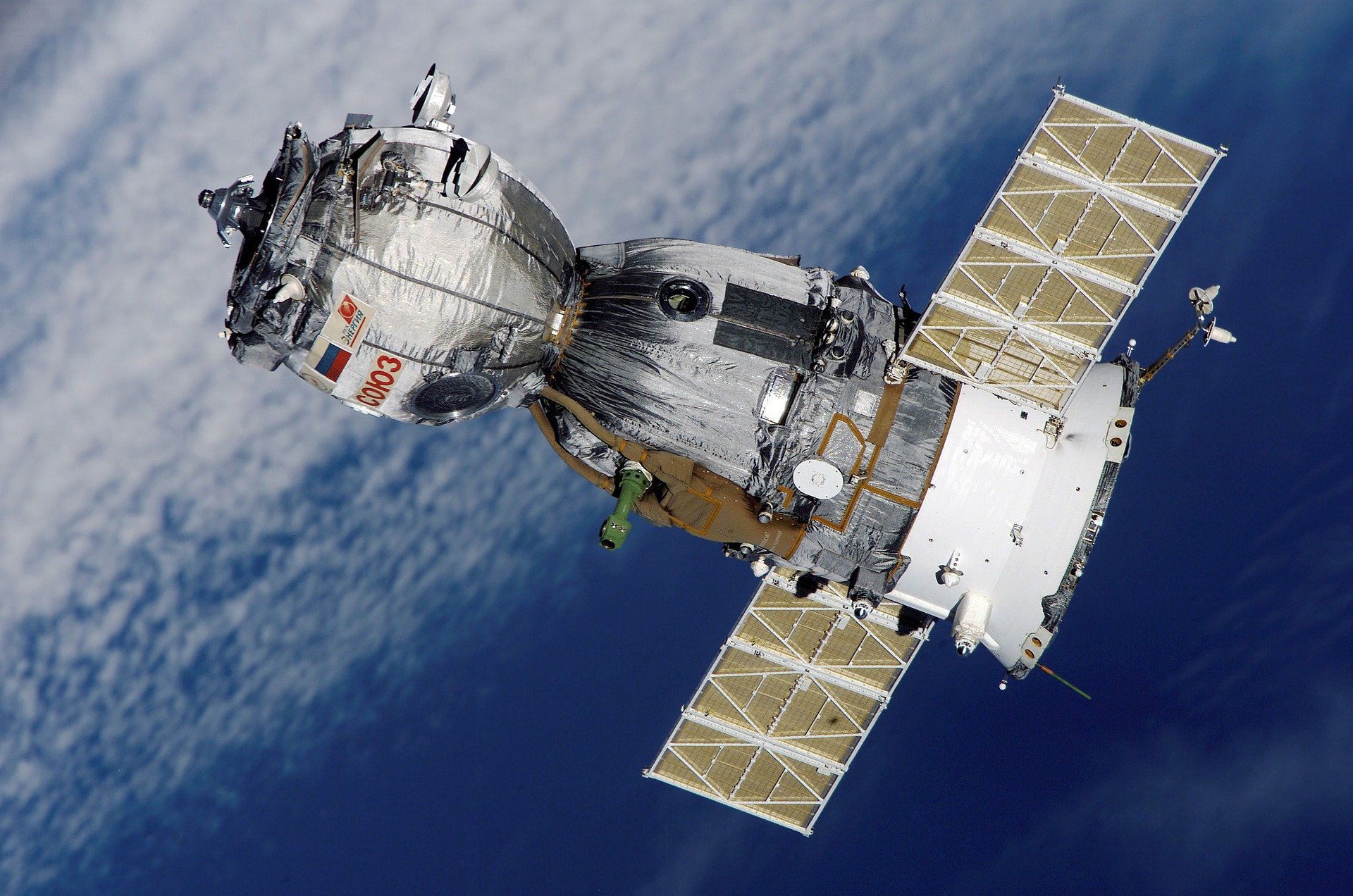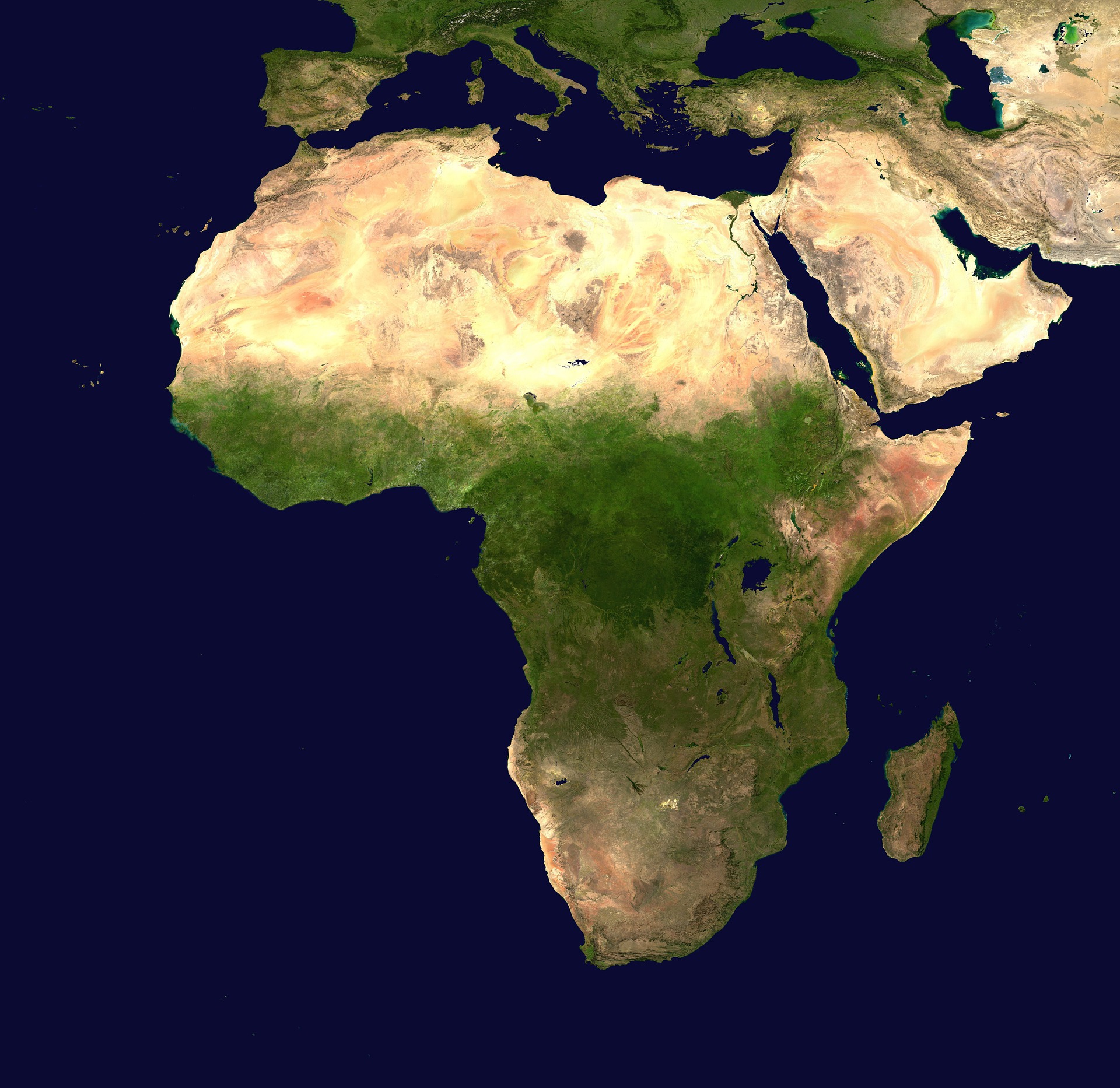Home > Sections > Earth > Artificial Satellites
Last Updated: 14th June 2023
ARCHIVED ITEM: this page is no longer updated.
Artificial Satellites
Keywords
Artificial satellite, man-made, Google Earth, Google Maps, mapping, communications, low earth orbit, 175,000mph.
Introduction
We know that the Moon is a celestial, all-natural satellite that moves around the Earth in a tidal lock. But did you also know that we have man-made structures in space that are called artificial satellites?
What are They?
They are usually a satellite that enables us to communicate with the world. It can also be used to collect information about the planet. How often have you gone on to Google Maps or Earth applications to find something. It's all gathered from a man-made satellite.
The most well-known man-made satellites include the International Space Station (ISS), the Russian Mir space station, along with the Hubble Telescope. All of these satellites are in a low-Earth orbit (LEO), which means they are in space, and travel around the planet at a fixed altitude and speed.
Low Earth Orbit
In more detail, a low Earth orbit is an orbit around the planet that takes 128 minutes or less. This is around the 2 hour mark. So, anything that is orbiting the Earth in that orbit, rotates around the planet at least 11 orbits through one 24 hour period.
It is designated as an area of space that is below 1,200 miles (2,00 kilometres) to the uppermost atmosphere of Earth. In order for something to remain in orbit at these positions, a satellite has to travel at 17,500 miles per hour (7.8 kilometres per second).
The only way this works is through our planet's gravity. This is the same force that tells you that you weigh as much as you do. If gravity wasn't there, you would simply float off into space, so the same goes for any satellite that is in orbit. If it wasn't there to keep a slight pull on the satellite, it would fly off on some tangent into space.
On the flip side, if a spacecraft exceeds 20,000mph (11.2km/s), it would escape Earth's atmosphere completely. This happens with satellites such as the James Webb telescope, Voyager 1/2, and any mission that has required movement beyond our atmosphere.
Interesting fact: Point Nemo is a place in the Pacific Ocean, and more often than not, astronauts in the ISS are the closest humans to it. The nearest inhabited landmass to Point Nemo is over 1,670 miles (2,700km) away, whereas those on the ISS are a mere 258 miles (416km) away.
Another thing to note here is that something that is travelling slower than the escape velocity and orbit speeds, it would simply return to Earth, the same as you would when you jump in the air, or go up in a commercial flight.
Here is a YouTube video from Cognito on what an orbit is:
Uses of Orbital Spacecraft
There are many different object in orbit, for different reasons. These include:
Communications: satellite TV, phone calls, WiFi even can be used via satellites in the upper atmosphere.
Earth observation: this includes an array of uses including weather resporting, tracking storms and pollution levels, spying, satellite photography (Google Earth!).
Navigation: GPS - or Global Positioning System, can be used for us to get about. Again, Google Maps, allows us to direct ourselves on the ground, and this is all done with a GPS navigation satellite.
Types of Orbit
There are two main types of orbit, which include:
Polar orbits: these are orbits that take the satellite over both of Earth's poles. They are often used for Earth mapping, and travel at very high speeds - almost 8000 metres per second.
Geostationary orbit: these types of orbit take 24 hours to orbit Earth, so the satellite looks the same when viewed from the ground. They are typically higher in orbit than the polar orbits. They are generally used for communications and broadcast satellites.




 The Moon
The Moon

